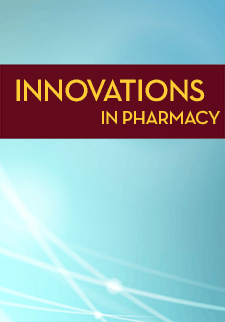Using Think Aloud Protocols to Assess E-Prescribing in Community Pharmacies
Olufunmilola K. Odukoya
Michelle A. Chui
DOI: https://doi.org/10.24926/iip.v3i3.270
Keywords: think aloud protocol, electronic prescribing, community pharmacy
Abstract
Introduction: Think aloud protocol has rarely been used as a method of data collection in community pharmacies.
Purpose: The aim of the report is to describe how think aloud protocols were used to identify issues that arise when using e-prescribing technology in pharmacies. In this paper, we report on the benefits and challenges of using think aloud protocols in pharmacies to examine the use of e-prescribing systems.
Methods: Sixteen pharmacists and pharmacy technicians were recruited from seven community pharmacies in Wisconsin. Data were collected using direct observation alongside think aloud protocol. Direct observations and think aloud protocols took place between January-February, 2011. Participants were asked to verbalize their thoughts as they process electronic prescriptions.
Results: Participants identified weaknesses in e-prescribing that they had previously not conceived. This created heightened awareness for vigilance when processing e-prescriptions. The main challenge with using think aloud protocols was due to interruptions in the pharmacies. Also, a few participants found it challenging to remember to continue verbalizing their thought process during think aloud sessions.
Conclusion: The use of think aloud protocols as method of data collection is a new way for understanding the issues related to technology use in community pharmacy practice. Think aloud protocol was beneficial in providing objective information on e-prescribing use not solely based on pharmacist's or technician's opinion of the technology. This method provided detailed information on a wide variety of real time challenges with e-prescribing technology use in community pharmacies. Using this data collection method can help identify potential patient safety issues when using e-prescribing and suggestions for redesign.
Type: Note


